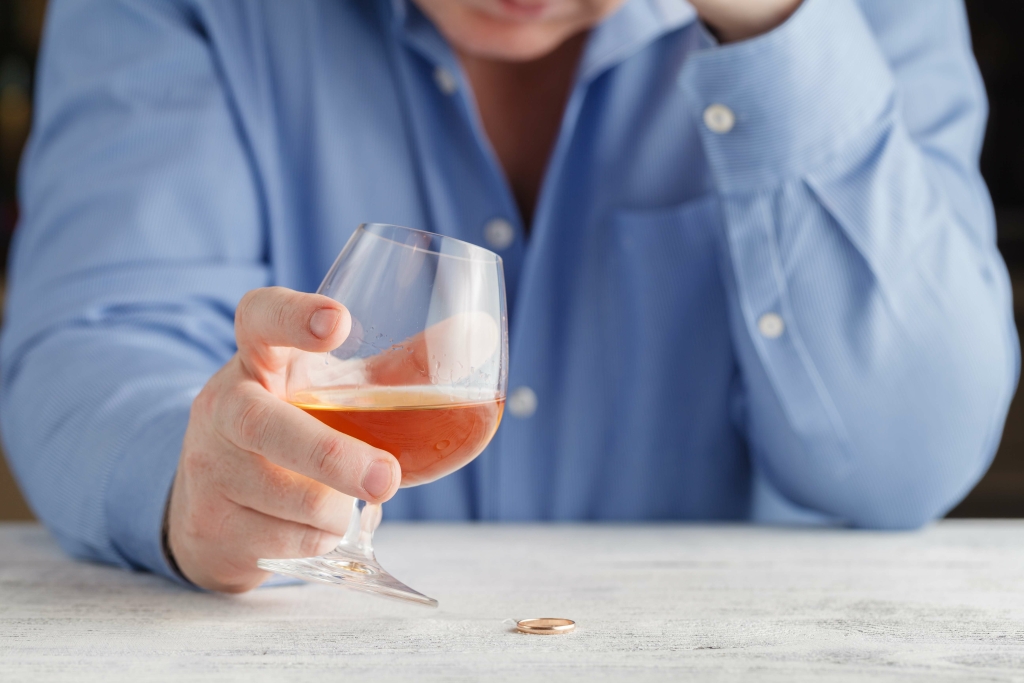How To Taper Off Alcohol Safety Tips & Strategies
- Home
- Sober living
- How To Taper Off Alcohol Safety Tips & Strategies
On top of this, quitting immediately — or “cold turkey” as many users and professionals call it — can be dangerous. Withdrawal symptoms are generally uncomfortable to deal with, but https://topdialog.ru/2012/03/06/%D0%BE%D0%BF%D1%80%D0%BE%D1%81-%D1%82%D1%83%D1%80%D0%B8%D1%81%D1%82%D1%8B-%D0%BF%D1%80%D0%BE%D1%82%D0%B8%D0%B2-%D0%BF%D0%BB%D0%B0%D1%82%D0%BD%D0%BE%D0%B3%D0%BE-%D0%B8%D0%BD%D1%82%D0%B5%D1%80%D0%BD/ they can be fatal. To avoid or reduce the impact of the withdrawal symptoms, people struggling with alcohol may choose to progressively taper off alcohol rather than quit abruptly.

How is alcohol withdrawal diagnosed?

From here, you can plan a schedule for gradually reducing how much you drink per day. Ideally, this schedule will be determined with the assistance of a doctor or addiction treatment professional. If you are a frequent drinker determined to reduce or stop your alcohol intake, the safest way to do this at home is through a https://www.narcom.ru/cabinet/online/73-1.html gradual tapering process. Attempting to quit all at once can lead to severe symptoms that can be difficult to manage safely outside of a detox setting. If you experience severe withdrawal symptoms while tapering off alcohol, adjust your plan. The goal of tapering is to make the withdrawal process safer and more bearable.
Tapering and Alcohol Withdrawal Symptoms
If you have trouble controlling how much you drink or experience significant alcohol cravings, you may need professional help instead of trying to taper your alcohol use at home. Because alcohol is a central nervous system depressant, quitting drinking can cause your body to have too much of an excitatory substance called glutamate as it tries to rebalance. This can trigger alcohol withdrawal symptoms, which can be dangerous in some cases. Quitting cold turkey is the preferred method of withdrawal, but only if done under medical supervision, where symptoms can be treated as they occur. Making a schedule to slowly reduce your alcohol intake is a safe way to taper off the substance.
- The earlier you notice that you feel unwell, the quicker you can take corrective action.
- In contrast, those who taper down their drinking may have fewer severe withdrawal symptoms because they are easing themselves into sobriety.
- Inpatient treatment may be an expensive option in terms of time and money.
How to Wean Off Alcohol Safely
Aside from unavoidable triggers, tapering off alcohol can also have side effects which can be difficult to manage at home. A final strategy to assist with an alcohol taper is to get a good network of peer support. Yes, your tolerance to alcohol can diminish fairly quickly after you stop drinking. Relapse after a period of sobriety can be dangerous because your tolerance has gone down. If you drink the same amount you were used to during active addiction, you may experience extreme intoxication or alcohol poisoning. Alcohol can also activate opioid receptors, the same receptors that bind with your body’s natural endorphins and narcotic drugs such as oxycodone and heroin.
- When you quit through tapering, you drink a little less each day until you’re able to have no alcohol at all.
- If you have a friend or family member who knows that you’re trying to taper off alcohol, you shouldn’t be afraid to ask for help.
- Generally, light to moderate drinkers should plan to taper for a week or more.
- But we are talking about tapering off, which means you will be drinking.
Depending on how much alcohol you drink to start with, the amount of time an alcohol weaning schedule takes may vary. For example, those who drink more heavily may need more time to taper than those who drink less alcohol. Further, if you start to develop alcohol withdrawal symptoms during the taper, your doctor may instruct you to pause or slow the taper as a result. These factors can make one person’s taper last longer than another person’s taper.

Work in the drinks industry?
- You may decide to seek medical treatment for your withdrawal symptoms or make the choice to enter a professional detox or rehab center.
- This is especially important if you are not drinking enough water or electrolyte drinks.
- But there are some commonly observed symptoms of alcohol withdrawal that you might experience if you abruptly stop drinking.
- The time it takes to taper off alcohol varies based on how much a person drinks.
- The risk of tapering too slowly is that you won’t stick with it, while the risk of tapering too fast is severe withdrawal.
To avoid withdrawal like this, many are choosing to taper off alcohol versus quitting cold turkey. If you’re interested in quitting your drinking habit, http://medxr.com/discovering-the-truth-about-3/ you may be concerned with the withdrawal experience. This can be a painful and difficult process, so it’s important to understand how to quit safely.

